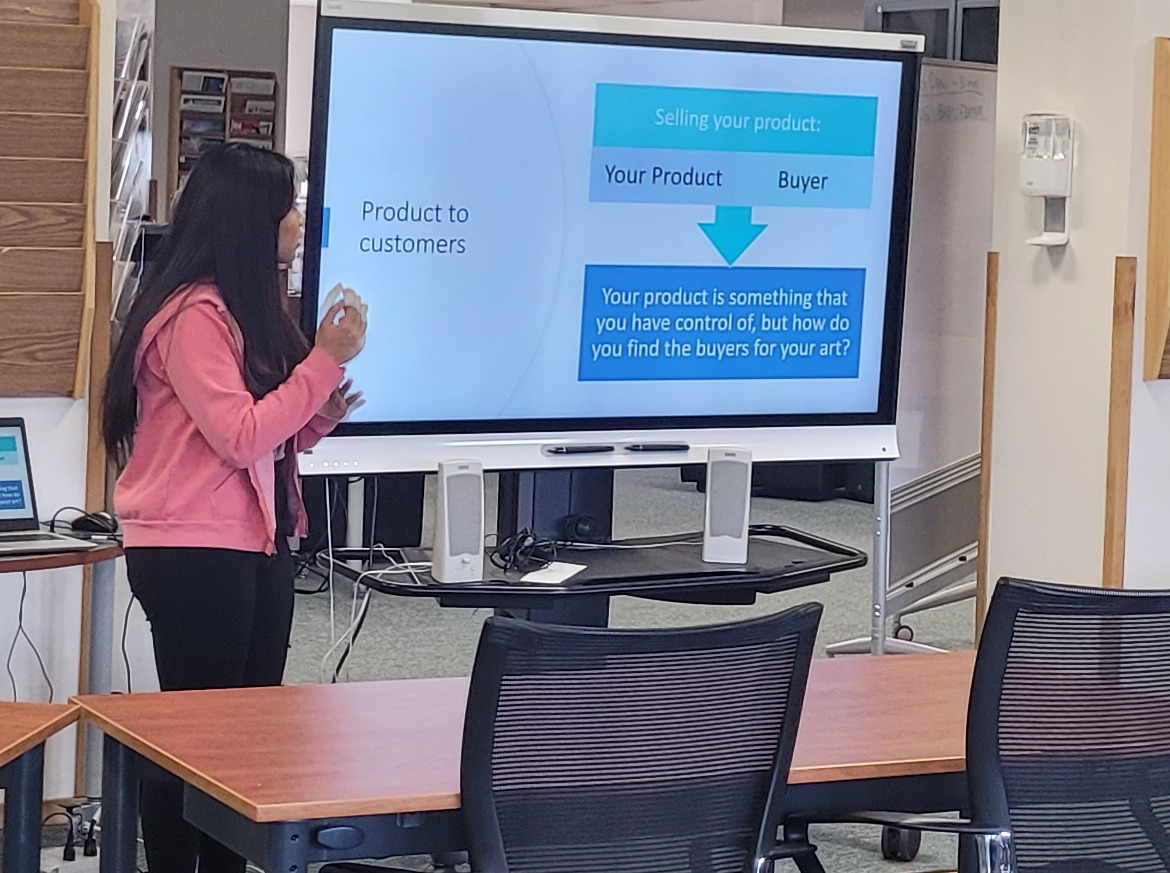Montana Libraries SPARK:
Entrepreneurial Training in Montana's Libraries
Montana public libraries and AMRII partnered to provide training for librarians on startup business resources. Participating libraries received course training on how to support early-stage entrepreneurs.
This program was part of the the Montana Libraries SPARK initiative, a state-wide initiative for public libraries to provide economic development support to Montanans across the state. The goals for the Entrepreneurial Support in Libraries Program were:
- Trained libraries offer entrepreneurial support and services to their community
- AMRII and participating libraries help connect rural entrepreneurs across the state
- Libraries connect with and supplement ongoing entrepreneurial support efforts in their communities
If you have any questions about this program, please contact Karl Unterschuetz at karl.unterschuetz@umontana.edu
Training for Librarians
This course contains five self-paced modules delivered through Moodle with online discussion sessions every two weeks.
Module 1: Introduction to Entrepreneurship/Small Business
Module 2: Providing Entrepreneurial Support - GUIDES Framework and Community Assessment
Module 3: Entrepreneurial Support - Information Pathways'
Module 4: Identifying Startup and Business Types
Module 5: Putting Things Into Practice
What Does a Training Session Look like?

Libraries That Have Received Training So Far
- Harlem Public Library
- Belgrade Community Library
- Lewis and Clark Library - Lincoln Branch
- Bitterroot Public Library
- Chouteau County Library
- Missoula Public Library
- Lewistown Public Library
- Madison Valley Public Library -Ennis
- White Hall Community Library
- Boulder Community Library
- Flathead County Library

Our Funding:
Program Funded Through the U.S. Economic Development Administration (EDA), University Center Program following a successful application in response to their 2018 NOFO.
The University Center (UC) program is specifically designed to marshal the resource located within colleges and universities to support regional economic development strategies in regions of chronic and acute economic distress. As the EDA notes, "Institutions of higher education have extensive resource, including specialized research, outreach, technology transfer, and commercialization capabilities, as well as recognized faculty expertise and sophisticated laboratories.


